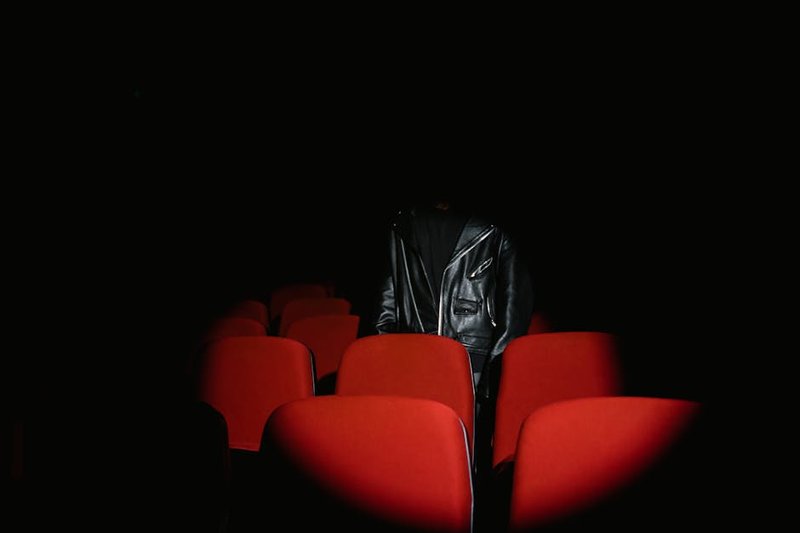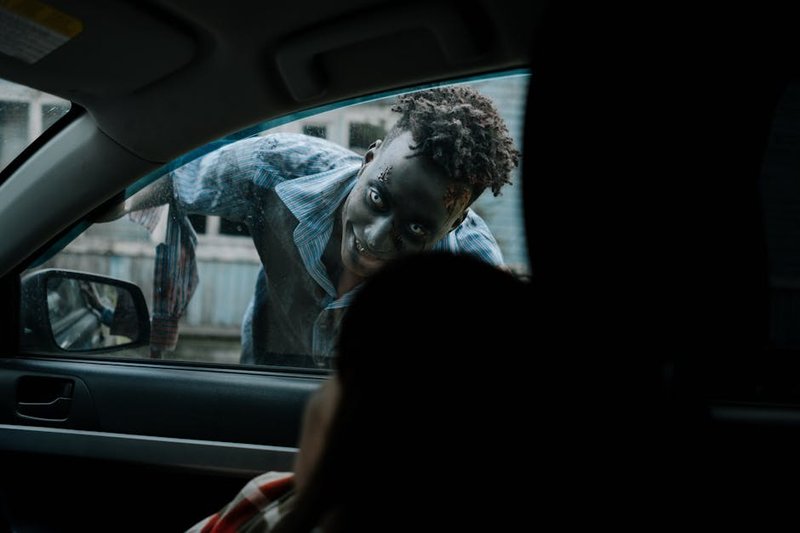Have you ever wondered why we’re so fascinated by the art of hiding in plain sight? As I stood before an exhibit of WWI naval vessels painted in bold, geometric black and white patterns, I felt a strange contradiction. These ships weren’t trying to blend in—they were making a statement. This puzzling approach to military deception has captivated me for years, and recent research suggests these “dazzle” patterns worked for reasons their creators never intended.
My journey into understanding camouflage began with a simple question: what does it mean to hide something that cannot be hidden? A massive warship on the open ocean presents this exact paradox. The answer, it seems, lies not in concealment but in confusion—creating visual distortions that make it difficult for observers to accurately judge speed, direction, and distance.
The Unexpected Psychology of Dazzle Camouflage
What strikes me most about WWI’s dazzle camouflage is how it challenges our assumptions about concealment. Unlike traditional camouflage that attempts to blend objects into backgrounds, dazzle patterns deliberately use high-contrast geometric shapes to break up visual continuity.
Recent findings published in PLOS ONE reveal something remarkable: these patterns may have worked due to an optical phenomenon called the “horizon effect”—where our visual perception is biased by proximity to the horizon line. This discovery suggests the effectiveness of dazzle camouflage may have been misattributed in early testing.
“I sometimes wonder if our most effective innovations come not from calculated design but from beautiful accidents,” I wrote in my research journal after first reading about these findings. “What if our understanding of visual deception has been based on correct results but incorrect explanations all along?”

Camouflage – Reexamining Historical Evidence
The original evaluation of dazzle camouflage, conducted by researcher Thayer Blodgett in 1919, suggested the patterns created a “twist effect” that distorted directional perception by about 24 degrees—potentially enough to cause torpedoes to miss their targets. But modern researchers found serious issues with his methodology.
Reviewing Blodgett’s work, I found myself reflecting on how often we accept scientific conclusions without questioning the methods behind them. His control conditions were poorly documented, and he made assumptions about “zero error” baselines that seem implausible given what we now know about human perception.
The current research suggests a much smaller twist effect (around 7 degrees) but identified a larger “hysteresis effect” of 19-23 degrees, where perceived direction is drawn toward the horizon regardless of painting pattern. This effect could either enhance or diminish the effectiveness of dazzle patterns depending on the ship’s relative direction.
What’s particularly meaningful about this reexamination is how it reminds us that perception—both visual and conceptual—is never neutral. We see what we expect to see, influenced by biases we may not even recognize.
Camouflage – Art, War, and Cultural Context
There’s something poetically significant about how military camouflage reflects the artistic movements of its time. Dazzle patterns emerged alongside expressionism and cubism—art forms that deliberately fractured conventional perspective. Modern pixelated camouflage patterns mirror our digital aesthetic.
One commenter in the research discussion noted how his great-uncle captained the Olympic (sister ship to the Titanic) when it was painted in dazzle camouflage. This personal connection to history reminds me that behind every military innovation are individual human stories—sailors navigating uncertain waters, artists repurposing their talents for wartime needs, and scientists trying to make sense of how we perceive the world.
I find myself wondering: does our approach to hiding reflect something deeper about how we see ourselves in relation to our environment? Do our camouflage patterns reveal cultural values and technological capabilities as much as they conceal our physical presence?
The Science of Not Being Seen
The fundamental purpose of camouflage forces us to confront existential questions about visibility and vulnerability. Modern research on camouflage effectiveness employs sophisticated methodologies that Blodgett could never have accessed—controlled environments, standardized measurements, and statistical analyses that account for perceptual biases.
What fascinates me is how this research bridges art and science, psychology and military strategy. Scientists now understand that effective camouflage must work across multiple spatial frequencies—appearing cohesive both up close and at a distance. This explains why pixelated patterns have proven so effective despite their seemingly unnatural appearance.
“Scale invariant camouflage works at near and far distances by encoding patterns at multiple spatial frequencies,” one researcher notes. This reminds me that effective concealment requires understanding not just what we see, but how we see—the mechanisms of perception that operate beneath conscious awareness.

The Ethics of Deception
I sometimes struggle with the moral dimensions of studying military deception. Camouflage represents a paradox—it’s both defensive (protecting lives) and offensive (enabling surprise attacks). In writing about this topic, I find myself reflecting on the broader implications of visual deception in warfare.
The horizon effect research suggests our perceptual systems have inherent vulnerabilities that can be exploited. This knowledge serves both protective and potentially manipulative purposes. As someone interested in human perception, I find myself both fascinated by these discoveries and thoughtful about their applications.
Dazzle camouflage’s legacy extends beyond military applications. Its bold patterns influenced fashion, art, and design throughout the 20th century. Today’s automobile prototypes often use similar patterns to obscure new designs during road testing. The principles that make military camouflage effective have found peaceful applications in wildlife photography blinds and architectural designs that need to minimize visual impact.
Personal Reflections on Visibility
What draws me to this subject is the tension between seeing and being seen. There’s something profoundly human about our relationship with visibility—we simultaneously desire recognition and fear exposure. Military camouflage represents this dichotomy in material form.
The history of camouflage also reflects changing military priorities. Naval dazzle patterns became obsolete with the advent of radar and sonar, which don’t rely on visual perception. Today’s digital camouflage patterns are designed to work against both human observers and electronic detection systems.
I find myself wondering about the future of concealment as technology advances. Will AI-designed camouflage outperform human-created patterns? How will adaptive materials that change appearance based on surroundings transform our understanding of visual deception?
Our fascination with camouflage speaks to something fundamental about human experience—our awareness of being vulnerable observers in a world where being seen can be dangerous. Perhaps this is why the study of camouflage continues to captivate both military strategists and everyday observers like myself.
When I observe a well-camouflaged object gradually revealing itself to my perception, I experience a momentary sense of discovery that connects me to our earliest ancestors—hunters tracking prey, prey avoiding predators. In this ancient visual dance, I glimpse something essential about how we navigate our world, finding meaning in the spaces between visibility and invisibility.



